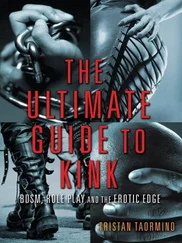The erotic world of Weimar Berlin crumbled by degrees. Already in the spring and summer of 1932, there were serious attempts by the Socis (Berlin’s reigning Social Democrats) to ban most pornographic publications and seal the doors to the most flagrant transvestite clubs. Even Koch’s nudist Berlin clinics were shuttered before the November 1932 elections.
Gay leaders equivocated over the impending Nazi threat. Hitler’s second in command, SA-Führer Röhm, had been ridiculed as a pederast in the leftist press and many of his Storm-Trooping cohorts were rumored to be aficionados of boy-love as well. Hirschfeld, who had the most to lose from a Nazi-led government, defended Röhm’s orientation. Papa declared it was Röhm’s thuggish politics that should be combated, not his sexual escapades. Other Militant Homosexualists welcomed the jack-booted Nazi warriors as fellow revolutionaries. Most Berliners were in state of denial or shock at the prospects of a “Brown Germany.” Hitler was kitsch incarnate.
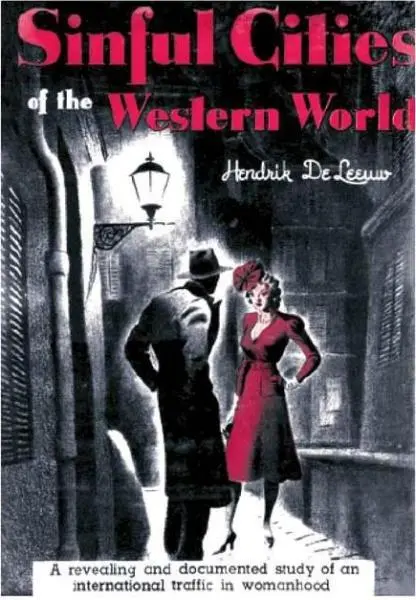
Hendrik De Leeuw’s Sinful Cities of the Western World , which described prostitution and brothels in Nazi Berlin
The March 5th, 1933 elections, held five days after the Reichstag conflagration, handed the Nazis their final civic victory. Now legal guardians of the nation, National Socialist private militias proceeded to “cleanse” Germany of Jewish and Marxist elements. They started with Hirschfeld’s Institute of Sexology.
On May 6th, SA-men and students from the School of Physical Fitness ransacked the Institute’s library and vandalized the main buildings. After pouring ink over the archival files, smashing the exhibition cases, and playing soccer with erotic artifacts, the loyal Hitlerjungen gathered 100,000 books and manuscripts to fuel an evening bonfire at the Opernplatz. A brass band played throughout.
One Danish observer, with the infortuitous name Frederik Böök, shared his unusual condolences over the death of wicked Berlin: “Nor does it disturb me in the least that the youth of Germany burned the whole of the Sexual Science Library which was attached to the University under the name Magnus
Hirschfeld Institute, and if a few irreplaceable collectors’ treasures have thus been destroyed, I shall not shed a tear. If by this means the knowledge of a few particularly interesting sexual aberrations has been lost—so much the better.” ( An Eyewitness in Germany , Lovat Dickson: London,1933).
Other Nazi actions against Weimar’s inequity were difficult to fathom. The embarrassing issue of prancing queers at the helm of the mighty SA was deflected by the Führer for close to two years. Anglo-Saxon journalists perceived the Storm-Trooper’s “sissy” interests and Hitler’s shrill voice and mannerisms as evidence of a weak and sexually confused administration. But the Brit’s mocking prognosis changed after June 30th, 1934, when Captain Röhm and the bulk of the SA leadership were executed in a day-long bloodletting, known as the “Night of the Long Knives.” Although Hitler rationalized the messy purge as a purifying sexual measure, straight enemies from the old Nationalist coalition and recalcitrant Nazi intellectuals were liquidated too.
Early Nazi edicts against homosexuality were uncertain and inconsistent. While legistrators in 1935 amended Paragraph 175 to include all forms of male sex contact, lesbian behavior was utterly ignored in the pamphlet-sized document. Prominent Aryan gay artists, like the Ausdruckstanz pioneer Harald Kreutzberg, continued their international careers unabated. In 1934 the bisexual actor Gustaf Gründgens received a commission to head the venerable Berlin Staatstheater, where he produced eleven Reich-approved seasons. Even Wilhelm Bendow, the swishy transvestite comic, enjoyed a National Socialist following at his own cabaret house in Berlin East. The government-approved Grieben’s Guide Book for the 1936 Nazi Olympics magnanimously placed “Bendows Bunte Bühne” on the “highly recommended” list for nighttime pleasures.

Harald Kreutzberg, 1935
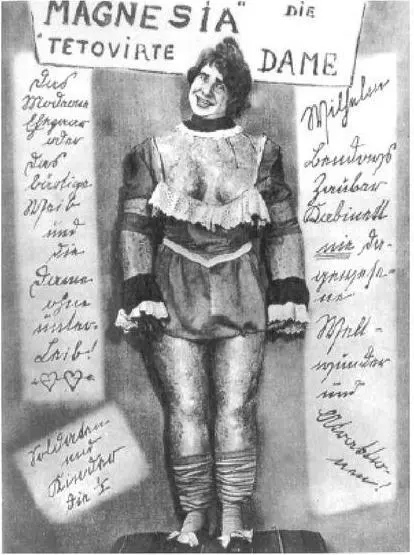
Wilhelm Bendow, Magnesia, the Tattooed Lady , 1927
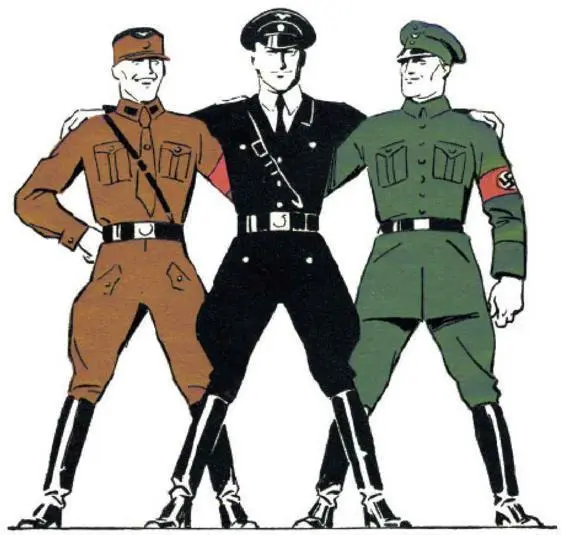
Portrayal of healthy Nazi sexuality, SA-Mann, SS-Mann, and Nazi labor militia man, 1933
Generally, Christian, non-leftist Berliners accommodated themselves to the Nazi Revolution with surprising ease. One week after Hitler’s ascension to the Reichs-chancellery, the formerly liberal Rumpelstilzchen marveled at the colors of the Nazi flag and how dreadful the old national pennant looked. Once again, Davidson captured the overall mood of the city, “The ordinary people I knew—wageearners, unemployed, little artisans, door-to-door hawkers, people employed in ‘vice’—loathed Hitler 252 and the Nazis; but the antagonism of most went no further than their private conversation and half of these quickly changed sides after January 1933.”
Berlin’s sex industry contracted and nearly disappeared throughout the summer months of 1933. Kontroll-Girls and Fohses abandoned the Friedrichstadt and Kudamm storefronts. Most migrated to Berlin North or bowed out completely. Other Beinls followed suit. By spring of 1934, only 20 or so brothels remained in Berlin and these were high-class joints for tourists, ranking Nazis, and soldiers on leave. “Café Aryan” offered gay, cross-dressed, and straight shows for the exorbitant fee of 20 American dollars but that bit of Weimaria was closed down after the last Olympic tourists departed.
One madam, Kitty Schmidt, kept her fancy establishment running by reluctantly agreeing to collaborate with the local Gestapo, who maniacally turned the “Pensione” into a wired love nest. The thousands of hours of taped recordings between the Nazi-trained sex-workers and foreign diplomats proved militarily worthless but provided a needed thrill for the erotically deprived spymasters. In 1942, Kitty was forcibly retired, her pensione cleared out, and with it the last authentic remnant of Weimar sexuality vanished.
In the first years of the Reich, Nazis continued their grand spiritual mission to demolish the vestiges of Weimar culture. A surprising number of the German intelligentsia and professionals acquiesced to the Brown Revolution in the mid-Thirties. They assisted in the book-burnings, Aryanization of publishing and media outlets, confiscation of Jewish property, and the establishment of censoring boards. The mass arrests, incarcerations, and physical violence were left to others. But to effectively obliterate Berlin’s fabled erotic past, Nazi ideo-logues also needed to construct a new historical narrative to thoroughly demonize the former sex capital.
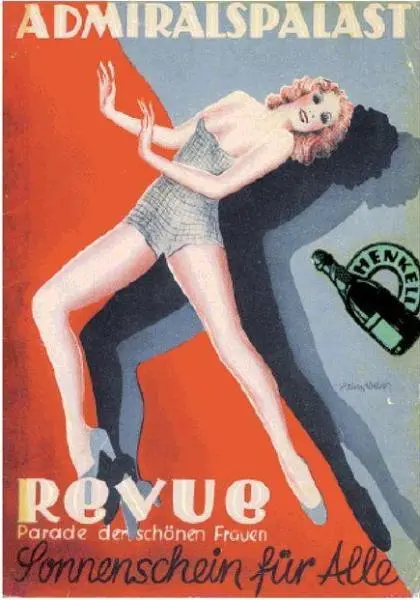
Program cover, Sunshine for All , 1939
Before 1933, the Jews were targeted by the Nazis and their Nationalist allies as an insidious political and financial foe of the German people. The election posters told it all. Behind the façade of democratic rule, the parasitic Jewish race and their leftist minions controlled the destiny of the mighty nation. These cowardly power brokers secretly profited from Germany’s ills and humiliations. Jewish sexual perfidy—as violators of Aryan women, ritual murderers, traffickers in white slavery, abortionists, homosexual pederasts, purveyors of pornography—was a minor electioneering theme during the Weimar era.
Читать дальше








